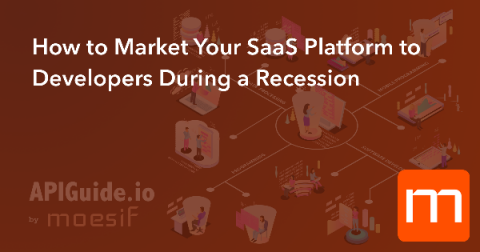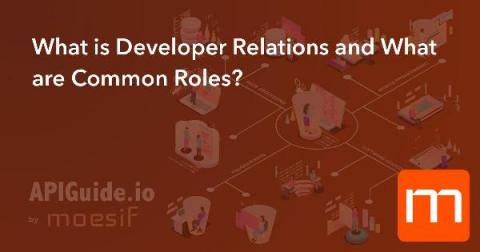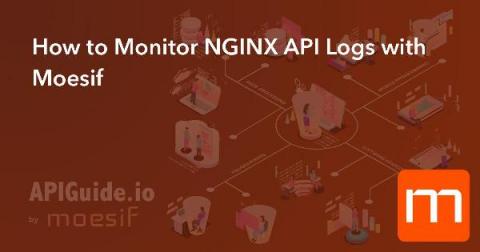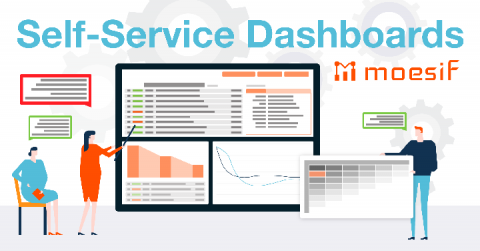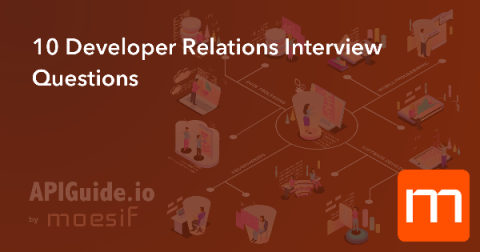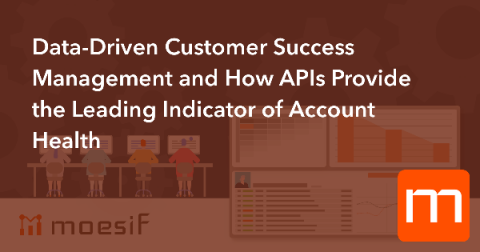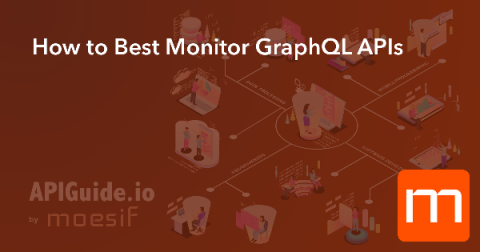Systems | Development | Analytics | API | Testing
March 2020
How to Measure Developer Acquisition with API Analytics and UTM Parameters
When building businesses it’s of paramount importance to measure what’s working and what’s not. This is especially true for companies that are API-first. Moesif API Analytics allows merging the business and technical perspectives, so as to present a complete picture of the operating environment.
How to Market Your SaaS Platform to Developers During a Recession
With the recent downturn on public stock markets due to COVID-19, a recession or depression is almost inevitable. It’s likely we see mass failures across retail, travel, entertainment, and other industry sectors. The spillover from coronavirus disease and the following shelter-in-place can have drastic consequences in the startup world.
What is Developer Relations and What are Common Roles?
Developer Relations is not simply a role or department at API-first companies. Developer relations is a mindset of getting developers adopt a platform and making them successful with their initiatives rather than attempting to sell to those developers. This makes developer relations different from traditional sales and marketing roles.
How to Monitor NGINX API Logs with Moesif
With increasing popularity among API Gateways, which provides authentication, rate-limiting and access control between applications that expose their APIs and the consumer of the APIs are the bedrock of API infrastructure. Simple architecture which bundles API related functionality inside a single component provides load balancing, caching and ability to scale to ensure high availability.
API Analytics: The Ultimate Guide to Grow Your Platform Business
Self-Service Custom API Dashboards Allow You to Easily Track and Share Key API Metrics
Last month we released our new dashboards feature. Now’s a good time to drive your story with a dashboard of your own. Easily create with drag-and-drop - Clearly illustrate key metrics - Securely share between teams and partners
10 Developer Relations Interview Questions
More and more companies are shifting from a traditional enterprise sales mindset to a developer-first mindset for driving product adoption. Sales calls and demos will not work as developers do not want to be sold to. Instead, the platform needs to be adopted similar to how consumers may adopt a mobile game or e-commerce app. Yet, developers are also less receptive to facebook ads that may have worked for those games and e-commerce apps.
Data-Driven Customer Success Management and How APIs Provide the Leading Indicator of Account Health
By employing API analytics platforms Customer Success Management (CSM) teams can proactively help customers reach their goals, which in turn encourages them to renew their subscription and upgrade their contract. Getting your customers to love you is snap with customer-centric API analytics: integrations will happen faster, support will be more on-point and you’ll be set-up to provide real ongoing value.
What does API Monitoring Mean for API Product Managers and Growth Teams
Today, countless engineering teams have leveraged API monitoring to track infrastructure health and report when services are down or unhealthy. There are a variety of API metrics that can be tracked that are aligned with engineering goals such as uptime, average latency, requests per minute, and errors per minute. However, these metrics are not aligned with the business goals of product owners and growth teams.
How to Best Monitor GraphQL APIs
Since its release in 2015, GraphQL has become the alternative to REST. It gives frontend developers the flexibility they craved for so long. Over are the days of begging backend developers for one-purpose-endpoints. Now a query can define all the data that is needed and request it in one go, cutting latency down by quite a bit, at least in theory. With REST, things were entirely a bit simpler — especially monitoring.




